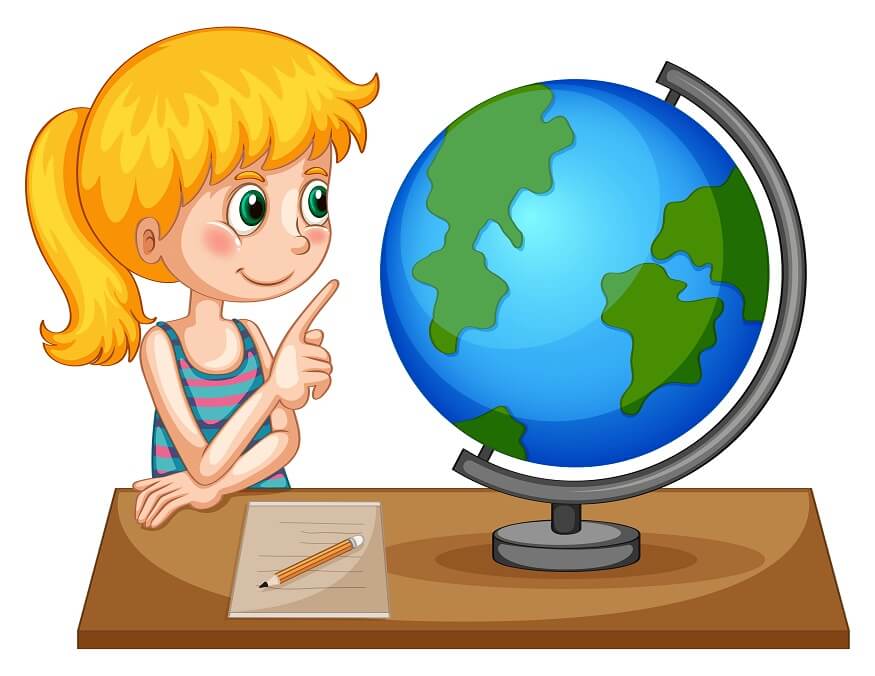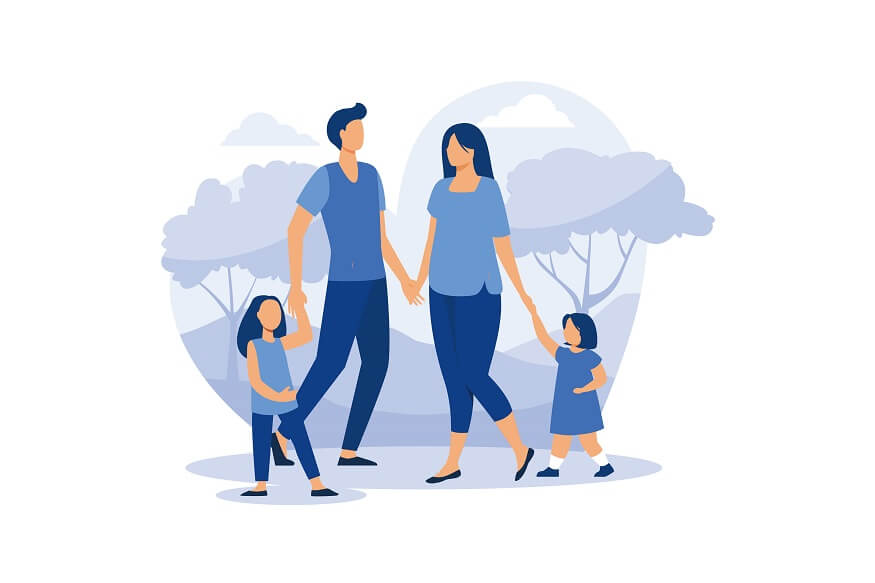Additionally, studying geography can be interesting and entertaining. Learning about geography can be done in a variety of ways, from reading books and maps to exploring our surroundings. We can encourage children to develop a lifelong love of geography by making learning it entertaining and engaging.
You may encourage your child to learn geography in a pleasant and interesting way by introducing enjoyable activities into their schooling. They will get a deeper comprehension of their surroundings as well as the critical thinking and spatial reasoning abilities necessary for success in both school and in life.
Also Read: Amazing fun facts about Venus
Activities for children to learn Geography
It is more important than ever to provide kids a solid sense of geography as we go towards a time when spatial awareness is crucial. Children who are geographically literate are better able to understand the dynamic world they live in, developing into aware and informed citizens of the globe. Here, we look at a variety of activities that will encourage children’s curiosity about exploration as well as their geographic comprehension.
1. Map Drawing and Painting
Early Years (3-5 years): Start with the basics by encouraging children to draw and paint simple maps. These could be maps of their bedroom, garden, or even a fantastical land from their imagination.
Primary (6-11 years): As children grow, introduce more complexities by encouraging them to add landmarks, diverse terrains, and different water bodies in their maps. They can use atlases and geographical references to draw countries or continents, thus learning about different parts of the world through a colourful lens.
2. Story Mapping
Early Years: Encourage children to create simple story maps using pictures and basic symbols representing a journey or adventure. It could be a day in the life of a butterfly or a journey to grandma’s house.
Primary: At this stage, children can start creating detailed story maps representing historical events or explorations. They can integrate various geographical elements such as mountains, rivers, and cities to narrate a comprehensive story.
3. Treasure Hunts
Early Years: Set up a miniature treasure hunt in your garden or living room using simple spatial clues. This activity will encourage children to utilise their spatial understanding and reasoning skills.
Primary: Elevate the treasure hunt by using proper geographical terminology and introducing map reading skills. Children can follow a series of clues that require a basic understanding of directions and map symbols.
4. Virtual Field Trips
Primary: With the advancement in technology, virtual field trips have become an excellent tool to explore different geographic locations worldwide. Children can visit different continents, learn about various cultures, and understand geographical phenomena from the comfort of their home.
5. Cultural Fairs
Primary: Organise cultural fairs where children can learn about different countries and their geographical locations. They can create stalls representing different countries, displaying traditional attire, cuisines, and sharing interesting geographical facts.
6. Crafting Topographical Maps
Primary: Children can create three-dimensional topographic maps using playdough, papier-mâché, or clay. This activity will give them a tangible understanding of different landforms and their characteristics.
7. Sensory Geography
Early Years: Set up sensory bins filled with different natural elements like sand, water, and rocks. Children can explore these bins to understand various geographical elements tactilely.
8. Making Compass Roses
Primary: Teach children about directions by encouraging them to make compass roses using simple materials like paper and markers. They can learn about the cardinal directions and how to use them in navigation.
9. Creating Weather Charts
Early Years: Introduce young children to the concept of weather by encouraging them to observe the weather daily and record it on simple charts using drawings and stickers.
Primary: As children progress, they can start noting down more detailed observations, including temperature, wind speed, and atmospheric conditions, thus developing a comprehensive understanding of weather patterns.
10. Garden Geography
Early Years: Use your garden as a geographical exploration site. Children can explore different plants, soils, and learn basic geographic terminology.
Primary: Take the learning a notch higher by teaching them about different soil types, rock formations, and the role of geographical features in sustaining plant life.
Also Read: Why Does India Have a Monsoon Type of Climate?
11. Cooking Around the World
Primary: Introduce children to global cuisines through cooking sessions. While learning to cook dishes from different countries, they can also learn about the geographical locations and cultural significances of those cuisines.
12. Exploring through Literature
Primary: Encourage children to read geographical explorations books and stories set in different parts of the world. Through literature, they can virtually travel to different locations, understanding the geographical and cultural nuances.
13. Geo-quizzes and Puzzles
Primary: Set up geo-quizzes and puzzles encouraging children to learn about different countries, capitals, and geographical phenomena in a fun and interactive manner.
14. Learning through Songs
Early Years: Use songs and rhymes to teach young children about different geographical concepts. Songs with actions can help in memorising the names of oceans, continents, etc.
15. Documentary Screenings
Primary: Organise screenings of geographical documentaries that are age-appropriate. These documentaries can give children a visual insight into different geographical locations and phenomena.
These activities provide a rich tapestry of experiences and learning opportunities for children to delve deep into the vibrant world of geography. From nurturing spatial reasoning to cultivating a deep-seated appreciation for diverse cultures, these geographical endeavours promise to foster inquisitive minds ready to explore the length and breadth of our magnificent world. It is through such experiential learning that children can truly grasp the intricacies of the ever-evolving geographical landscapes, thus taking a step closer to becoming well-rounded individuals with a holistic understanding of the world they inhabit.
These activities offer hands-on, fun, and engaging ways to explore geography. They can help kids understand the world around them, learn about different cultures and regions, and develop an appreciation for diversity.
Also Read: What are the Northern Lights? Myths and legends of Aurora Borealis
EuroSchool also emphasises the importance of critical thinking and problem-solving skills in their Geography curriculum. We believe that these skills are essential for students to be successful in today’s world. Our goal is to teach students about the world around them in a way that is both engaging and informative. We understand that by using a variety of teaching methods, we can help students develop a deep understanding of geography.











